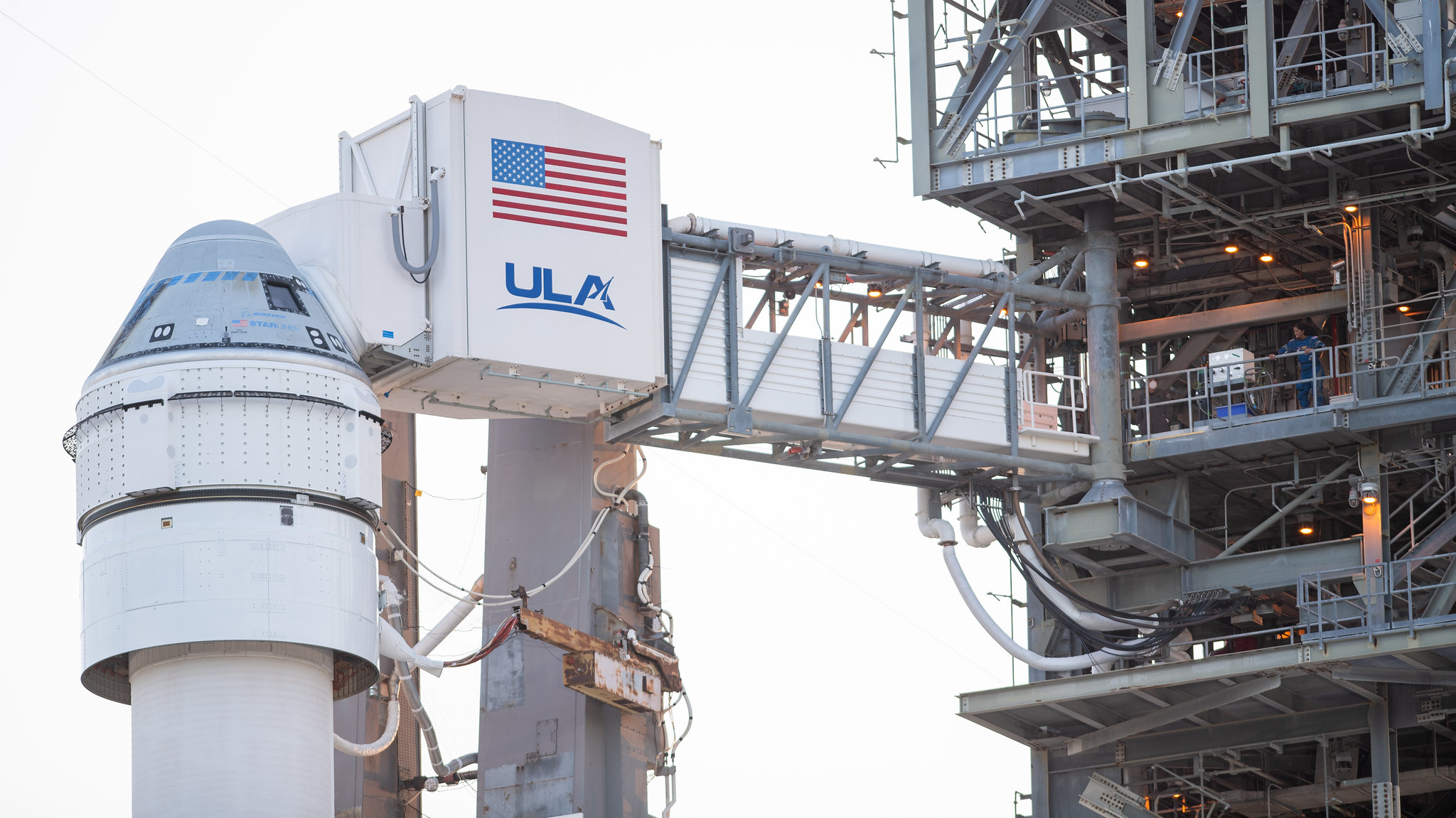The long-awaited piloted test flight of Boeing’s Starliner spacecraft has been postponed to at least June 1, 2024, as engineers work to resolve a persistent helium leak in the capsule’s propulsion system.

Helium Leak Leads to Delay
The delay, announced by NASA on Wednesday, marks yet another setback for the Starliner program, which has faced numerous challenges since its inception. Initially scheduled for May 6, the test flight was postponed due to unrelated issues with a valve in the United Launch Alliance (ULA) Atlas V rocket. While this valve problem was quickly resolved, the helium leak discovered during the May 6 countdown has proven more difficult to address. Despite initial assurances that the leak was within acceptable limits, further inspections and an unsuccessful attempt to fix the issue by tightening bolts have necessitated a more thorough analysis.
Comprehensive Analysis Underway
The helium in question is critical for pressurizing the Starliner’s propulsion system, which is used for launch aborts, orbital maneuvers, and re-entry. NASA is now conducting a comprehensive assessment to understand the potential impact of the leak on all phases of flight. Although the leak is currently stable, mission managers are seeking “flight rationale” to ensure it won’t worsen during the mission.
“As part of this work, and unrelated to the current leak, which remains stable, teams are in the process of completing a follow-on propulsion system assessment to understand potential helium system impacts on some Starliner return scenarios,” NASA stated. This assessment will be a key topic at an upcoming flight readiness review. In the meantime, mission commander Barry “Butch” Wilmore and co-pilot Sunita Williams continue their preparations at the Johnson Space Center, practicing procedures in high-fidelity flight simulators. They are expected to return to Florida next week if the Starliner is cleared for launch.
Future Plans and Certification
If the launch proceeds on June 1, it will coincide with SpaceX’s planned flight of its Super Heavy-Starship rocket. The Starliner mission is scheduled for a 12:25 p.m. EDT launch, aligning with the International Space Station’s orbit. The crew would dock at the ISS on June 2 and return to Earth with a landing at White Sands, New Mexico, on June 10.

Successful completion of this mission is crucial for certifying the Starliner for operational crew rotation flights to the ISS, alternating with SpaceX’s Crew Dragon spacecraft. However, full “human rating certification” for the Starliner hinges on the results of this Crew Flight Test. Stich emphasized the importance of community consensus before proceeding: “We will launch Butch and Suni on this test mission after the entire community has reviewed the teams’ progress and flight rationale” at the upcoming flight readiness review.
